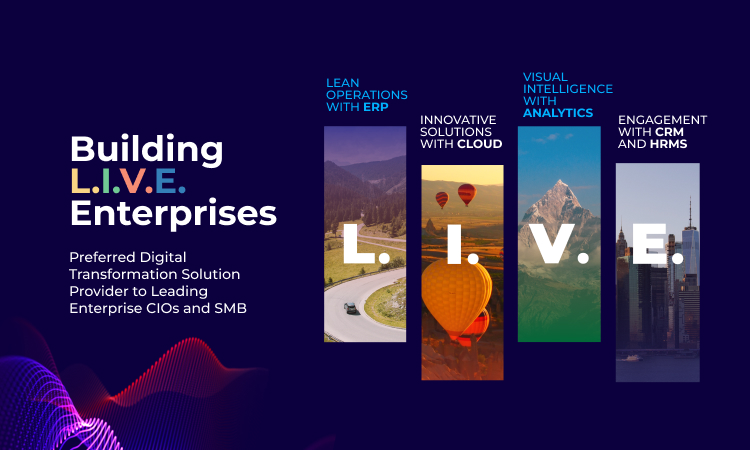Small and medium scale industries in India are aggressively investing in next generation IT capabilities as a means to stay ahead in competition. As the growth in IT investments is close to overtaking the overall IT market in India, SMBs expect a revenue growth at a minimum of 15% by 2018. Without pressure from legacy systems and along with the advantages provided by mobile and cloud technologies, SMBs in India have the opportunity to overstep the curve of technology adoption and thereby create a sustainable business model ready for the long run.
- Hybrid Cloud storage and network
Among the top technology trends that Indian SMBs are adopting, newer models of data access and storage dominate the list. Traditional means of hardwired data solutions is being replaced by the new system of virtualization, providing companies with greater flexibility and efficiency in business processes. In this respect, hybrid cloud solutions that is contrasted by a cloud served that relies on a different cloud service it its supply chain. The move is well proved by the shift from the hardware defined storage systems and networks. Both the software defined storage (SDS) and software defined networks (SDN) are among the top technology trends followed by Indian SMBs according to a study done by Gartner Inc.
- Big Data and the Internet of Things
Led by IOT, 2015 saw a great growth in data generation, even by smaller companies. Data has indeed become the new ‘gold’. For Digital Universe, a data analyst firm, the increase in useful data coming across to them has grown from 22% to 35% between 2013 and 2014. This growth in ‘useful data’ volume has also compelled government organizations and SMBs to think harder in terms of network security, analytics and storage. If Indian industries are to reach their goal of becoming the leading brands in the globe, a calibrated approach towards data handling is vital.
- The first steps for Flash Arrays
Till this day, many SMBs have invested in hard disks to store their data. However, these SATA run disks face several challenges including input time, space usage, cost of overheads and others to maintain a perfect environment. This will make 20% of the enterprises switch to flash arrays by the end of 2015. There is limited awareness of the effectiveness of flash arrays as a physical means of storage but this baby step will certainly mark the beginning of a change. The only thing that will be hindering its growth will be its price. Being 10 times expensive than the best SATA disk, it will take time for SMBs to weigh in favor of its advantages.
- Hyper converged infrastructure
Hyper converged infrastructures (HCI) are fast becoming the new servers facilitating Direct Attached storage (DAS). HCI’s such as the VMware EVO allows the local DAS to be easily shared across servers making the computation more resilient,. 2015 marks the beginning of the use of solid state storage and a greater adoption of remote direct memory access of RDMA).






